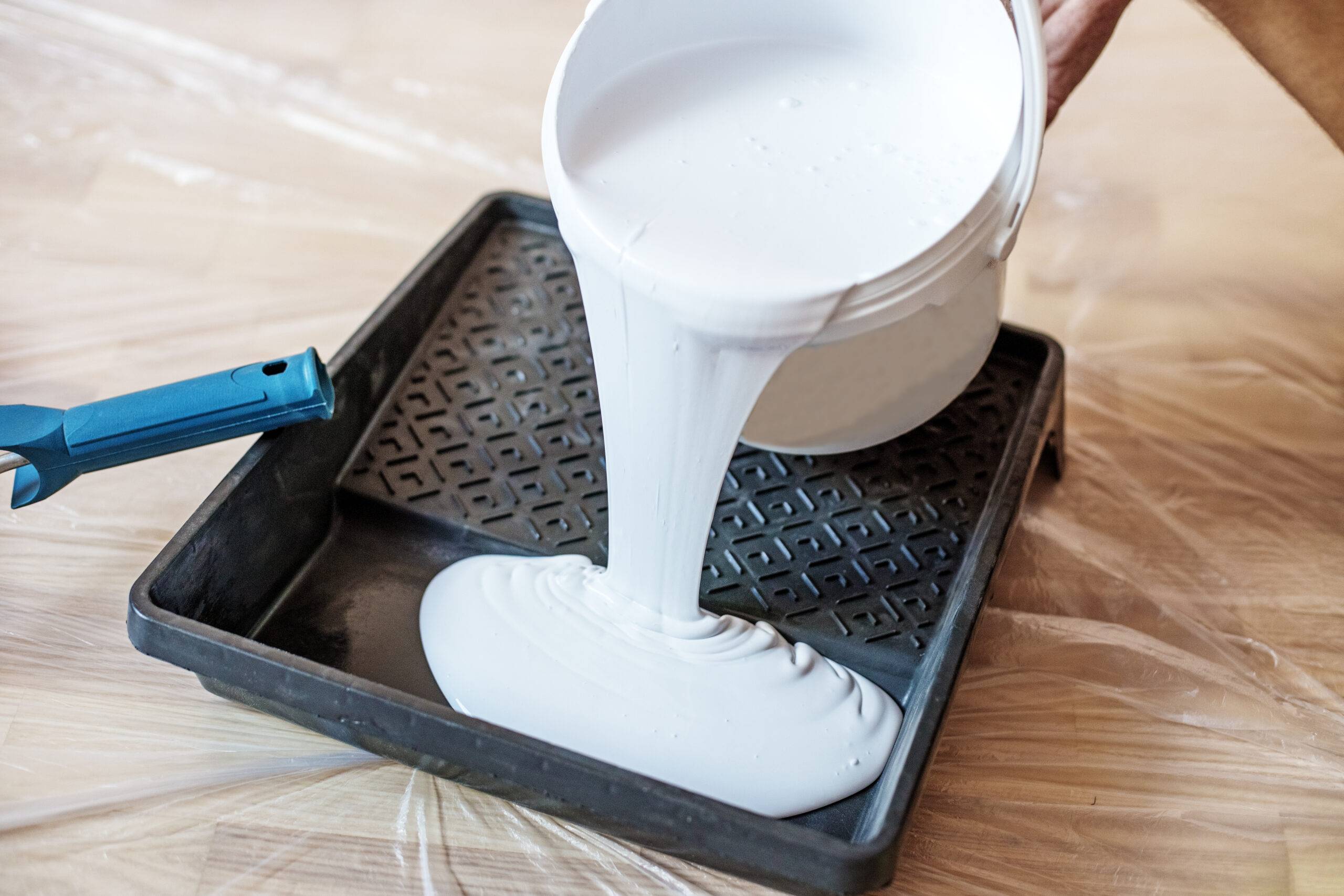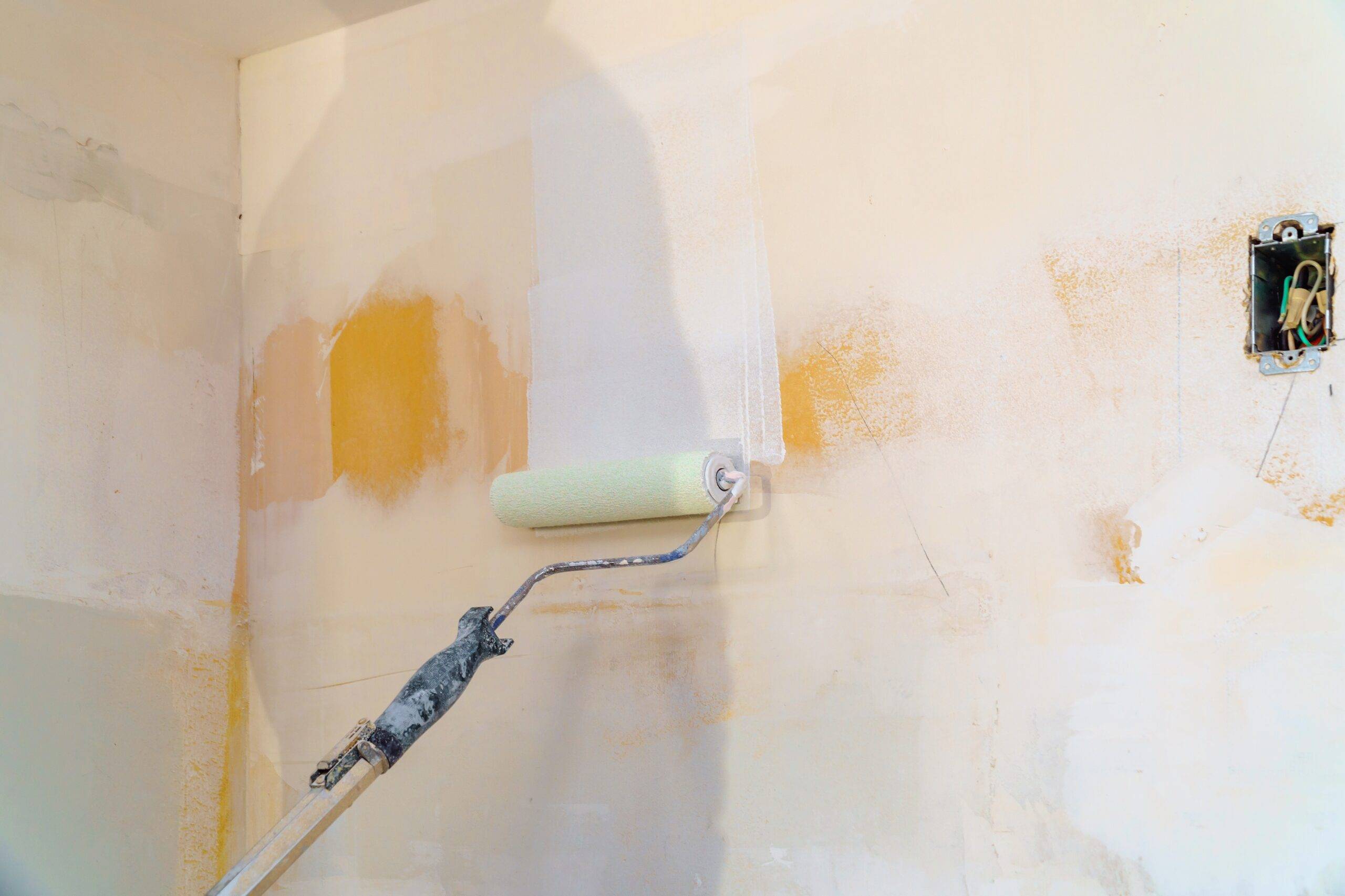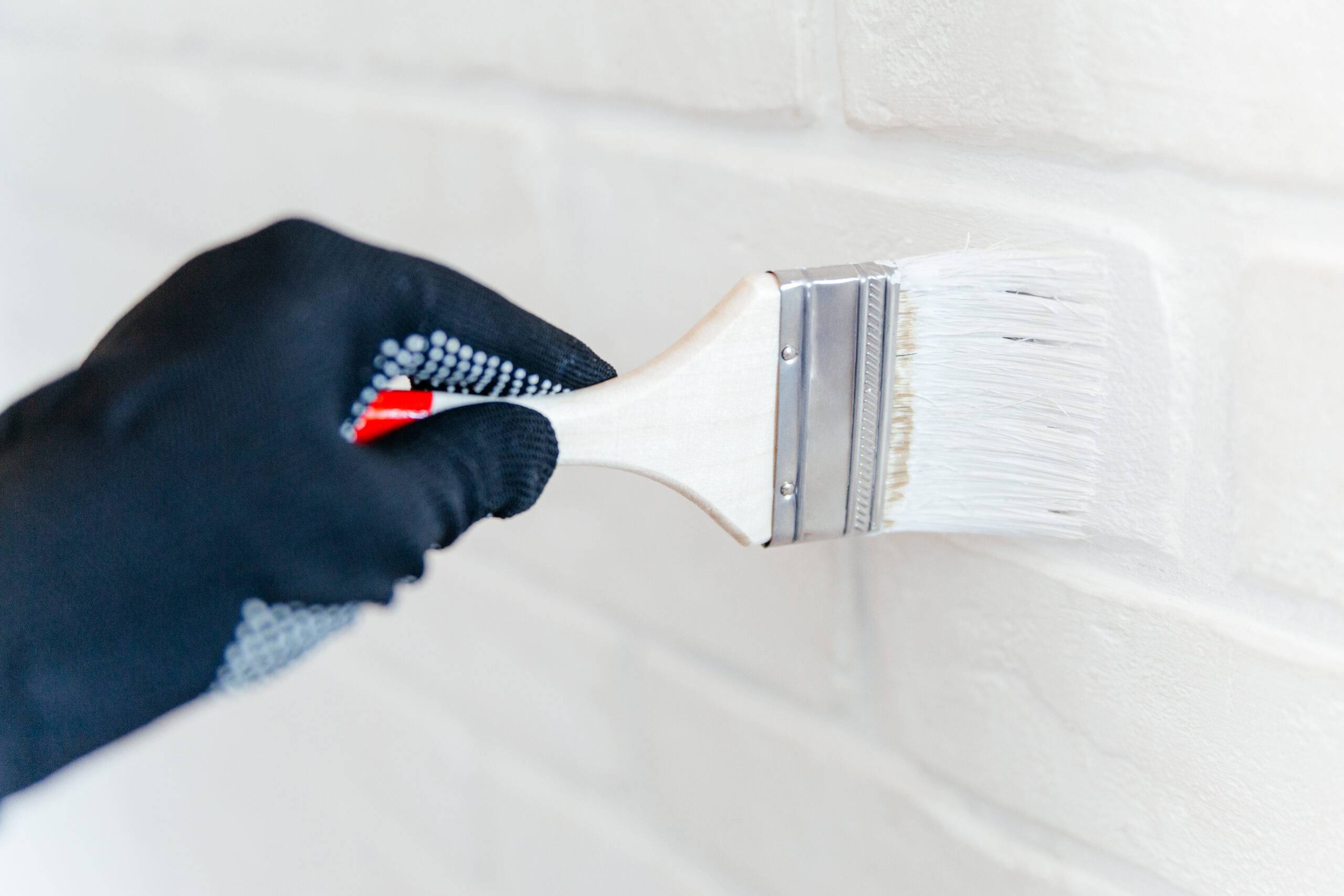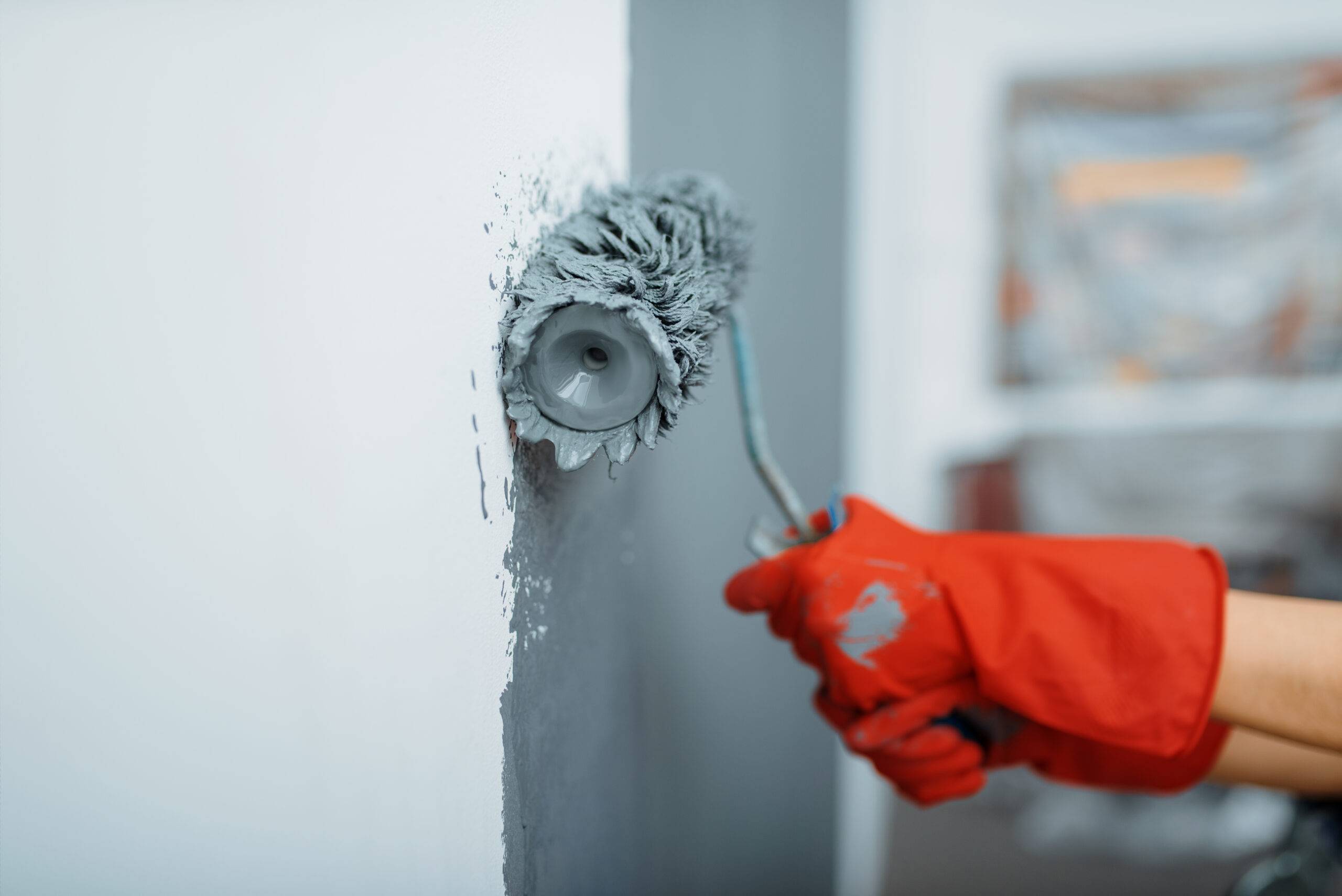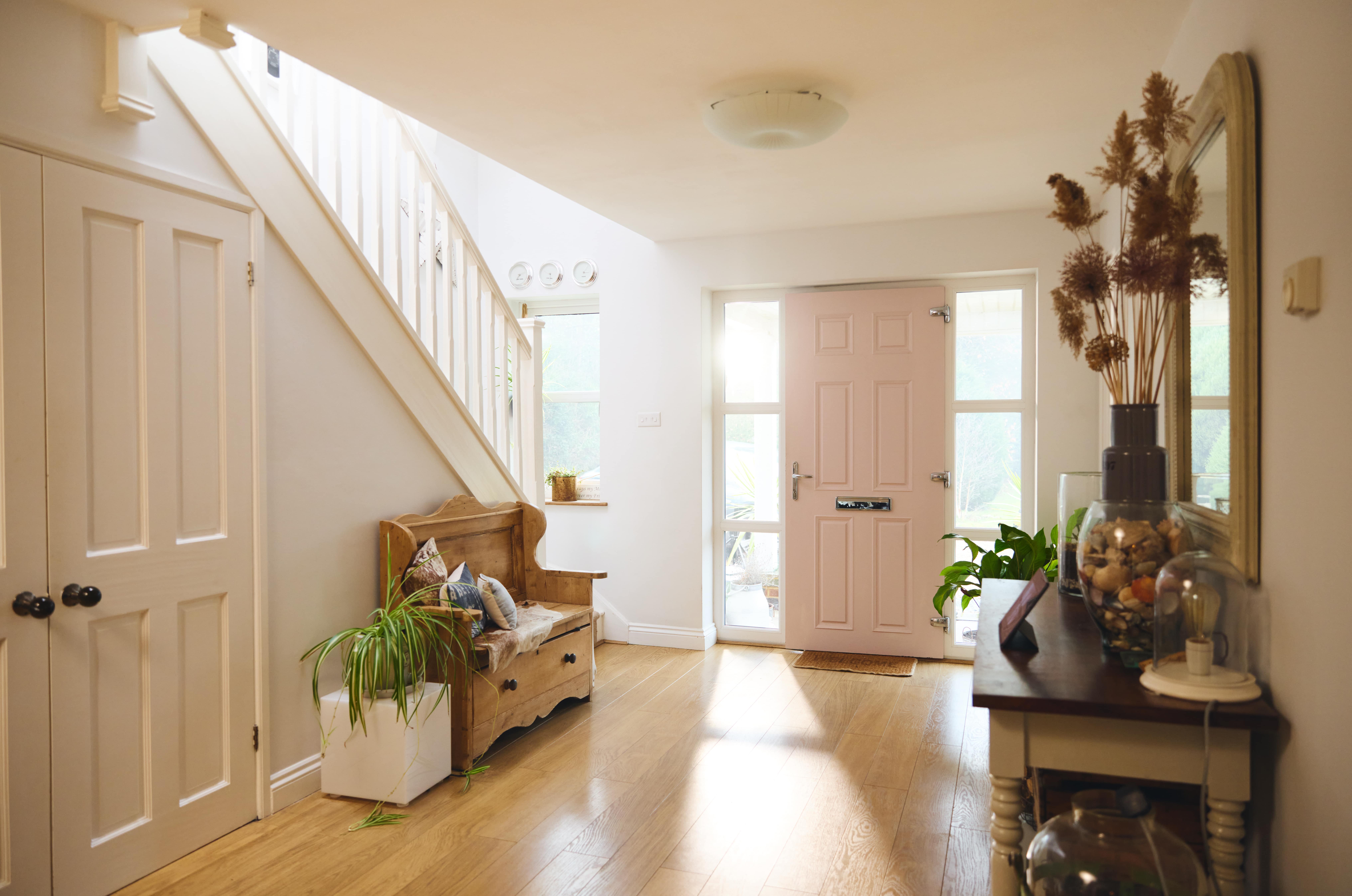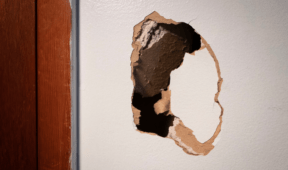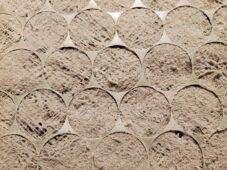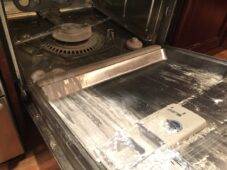Does 2-in-1 Combined Paint + Primer Really Work?
When looking into painting part of your home, combined paint + primer gets recommended a lot, promising to save time and effort by combining two steps into one. But do they really work as well as advertised, and are they better than using a separate primer and paint? Let’s break it down and find out so you can decide what’s best for your project.
What Paint + Primer Claims to Do
The main idea behind combined paint and primer is simply convenience. Instead of applying a coat of primer and waiting for that to dry before applying paint then waiting for that to dry, paint + primer promises coverage and adhesion in a single step. For many people, especially on smaller projects, that sounds like a time-saver. In theory, it also means fewer supplies to buy and less hassle during cleanup, but real-life results can vary depending on the surface and condition of the walls.
When Paint + Primer Works Well
These products tend to work best on walls that are already painted in a similar color and in good shape. They’re also handy when refreshing spaces that don’t have stains or strong underlying colors to block. On drywall that’s smooth and clean, the coverage is often enough to skip a separate primer. In situations like this, you may truly get away with a single product and save time.
Where It Struggles
Combined formulas often fall short on trickier surfaces. Raw wood, unpainted drywall, or glossy finishes typically need a dedicated primer to properly grip the surface. Strong colors, like bright reds or deep blues, can bleed through paint if you don’t take that separate priming step. Even with paint + primer, you may find yourself applying extra coats, which cancels out the time savings. For surfaces with stains or water damage, a true primer is almost always needed.
Cost and Coverage
It’s also worth noting that paint + primer is usually more expensive per gallon, and if you end up applying two or three coats anyway, those cost adds up quickly. Traditional primer is cheaper and designed to seal and prepare surfaces, allowing the actual paint to perform better. In the long run, separating the two can sometimes be more cost-effective, even if it means a little more work upfront.
Durability Over Time
One of the biggest benefits of using a proper primer is durability. Primer bonds to the surface and creates a foundation that helps paint last longer without peeling or chipping. While combined formulas do provide some level of adhesion, they don’t always match the staying power of a dedicated primer. If your goal is long-lasting results, especially in high-traffic areas, the two-step approach often holds up better.
Related Articles
- This Type Of Paint Is The Worst, Professionals Say
- Tips For Painting Trim Perfectly Every Time
- How to Paint Your Front Door Without Removing It
So, does 2-in-1 paint + primer really work? Yes, in certain cases. But is it better than using both separately? Not always. It depends on the condition of your walls, the color you’re covering, and how long you want the finish to last. For light touch-ups or already smooth walls, a combined option may be enough. For tougher jobs, a separate primer is still worth the time investment. Make sure you do your research either way!

